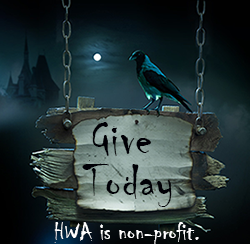Halloween Haunts: When Captain Howdy Visits on Halloween: The History of the Ouija Board
By Lisa Morton
Whenever I tell people that I’ve written a book about séances, the subject of the Ouija board usually comes up very soon. Ouija boards have fascinated us… Read more



